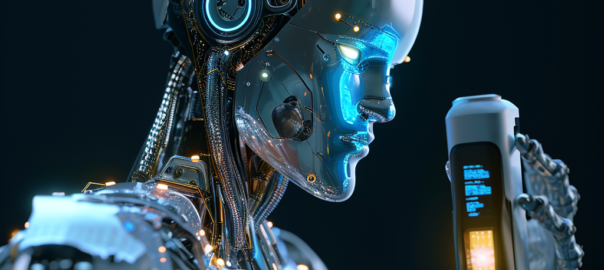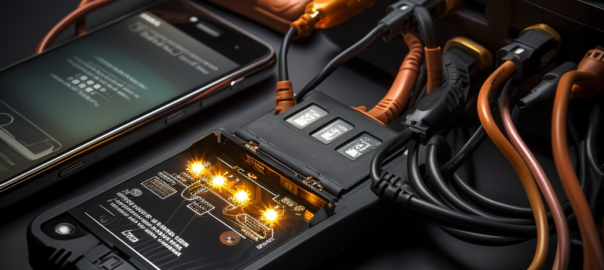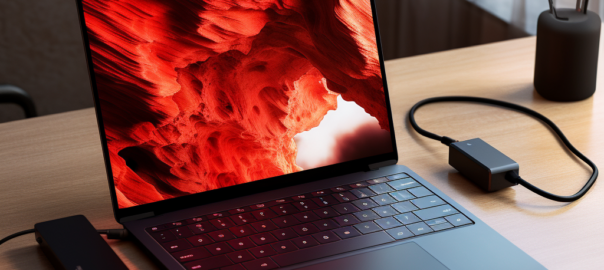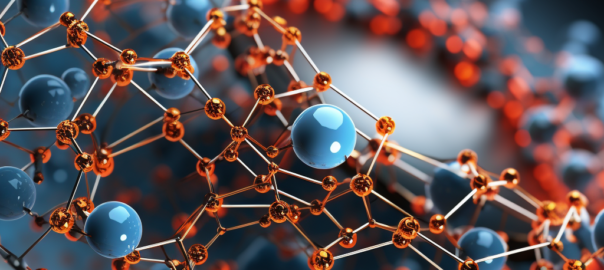Inductive charging, also known as wireless charging, has become an increasingly popular method of charging various electronic devices, from smartphones to electric vehicles. The concept, which relies on the principles of electromagnetic induction, has been around for decades but has only recently gained widespread attention due to advancements in technology and the ever-growing demand for convenience.
At its core, inductive charging involves the transfer of energy between two objects without a physical connection, eliminating the need for cables and plugs. This technology holds the potential to revolutionize the way we charge our devices, offering a seamless and hassle-free experience. But, like any other technology, inductive charging comes with its own set of advantages and disadvantages.
Contents
Understanding Inductive Charging
Inductive charging is a form of wireless charging technology that relies on the principle of electromagnetic induction. The basic idea behind this technology is to transfer energy between two objects without any physical connection, using electromagnetic fields. This concept has been used in various applications, from electric toothbrushes to smartphone charging pads and electric vehicle charging stations.

How Does Inductive Charging Work?
The process of inductive charging involves two main components: a transmitter (or charging pad) and a receiver (or device being charged). These two components must be in close proximity for the charging process to occur. Here is a step-by-step explanation of how inductive charging works:
- Electromagnetic Induction: The transmitter contains a coil of wire connected to a power source. When an electric current flows through this coil, it generates an electromagnetic field around it.
- Energy Transfer: The receiver also contains a coil of wire. When it is placed near the transmitter’s electromagnetic field, an electric current is induced in the receiver’s coil due to the phenomenon of electromagnetic induction.
- Conversion to DC: The induced current in the receiver’s coil is alternating current (AC). However, most electronic devices use direct current (DC) for power. Therefore, the receiver converts the AC into DC using a rectifier.
- Charging the Device: The converted DC current is then used to charge the device’s battery.
Key Components Involved
- Transmitter Coil: This is a coil of wire located in the charging pad or station. It generates an electromagnetic field when connected to a power source.
- Receiver Coil: This coil is located in the device being charged. It captures the energy from the electromagnetic field and converts it into an electric current.
- Rectifier: This component, found in the receiver, converts the induced alternating current into direct current, suitable for charging the device’s battery.
- Control Circuitry: Both the transmitter and receiver have control circuitry to regulate the charging process, ensuring efficient energy transfer and preventing overheating.
Real-Life Examples of Inductive Charging
- Smartphone Charging Pads: Many modern smartphones support wireless charging using inductive charging pads. Users simply place their phones on the pad, and the charging process begins automatically.
- Electric Toothbrushes: Some electric toothbrushes come with inductive charging stands. Users place their toothbrushes on the stand, and the battery gets charged without any physical connection.
- Electric Vehicles: Inductive charging technology is also being used in electric vehicle charging stations. Drivers can park their cars over charging pads, and the batteries get charged wirelessly.
Advantages of Inductive Charging
Inductive charging offers several benefits over traditional wired charging methods. Here are some of the key advantages:
1. Convenience and Ease of Use
- Hassle-Free Charging: With inductive charging, you don’t need to fumble with cables or find the right charging port. Simply place your device on the charging pad, and it starts charging automatically.
- Multiple Device Charging: Some charging pads can charge multiple devices simultaneously, eliminating the need for multiple chargers and reducing cable clutter.
2. Reduced Wear and Tear
- No Physical Connection: Since there are no physical connectors involved, there is less wear and tear on both the charging port and the charging cable, leading to increased longevity of your devices and accessories.
3. Enhanced Safety
- Reduced Risk of Electrical Shock: Inductive charging eliminates the need for exposed electrical contacts, reducing the risk of electric shock.
- Water and Dust Resistance: Devices designed for inductive charging can be sealed, making them more resistant to water and dust, which is especially beneficial for devices used in harsh environments or outdoor settings.
4. Potential for Automation
- Automatic Charging: Inductive charging technology can be integrated into smart homes or industrial settings for automated charging of devices and equipment without human intervention.
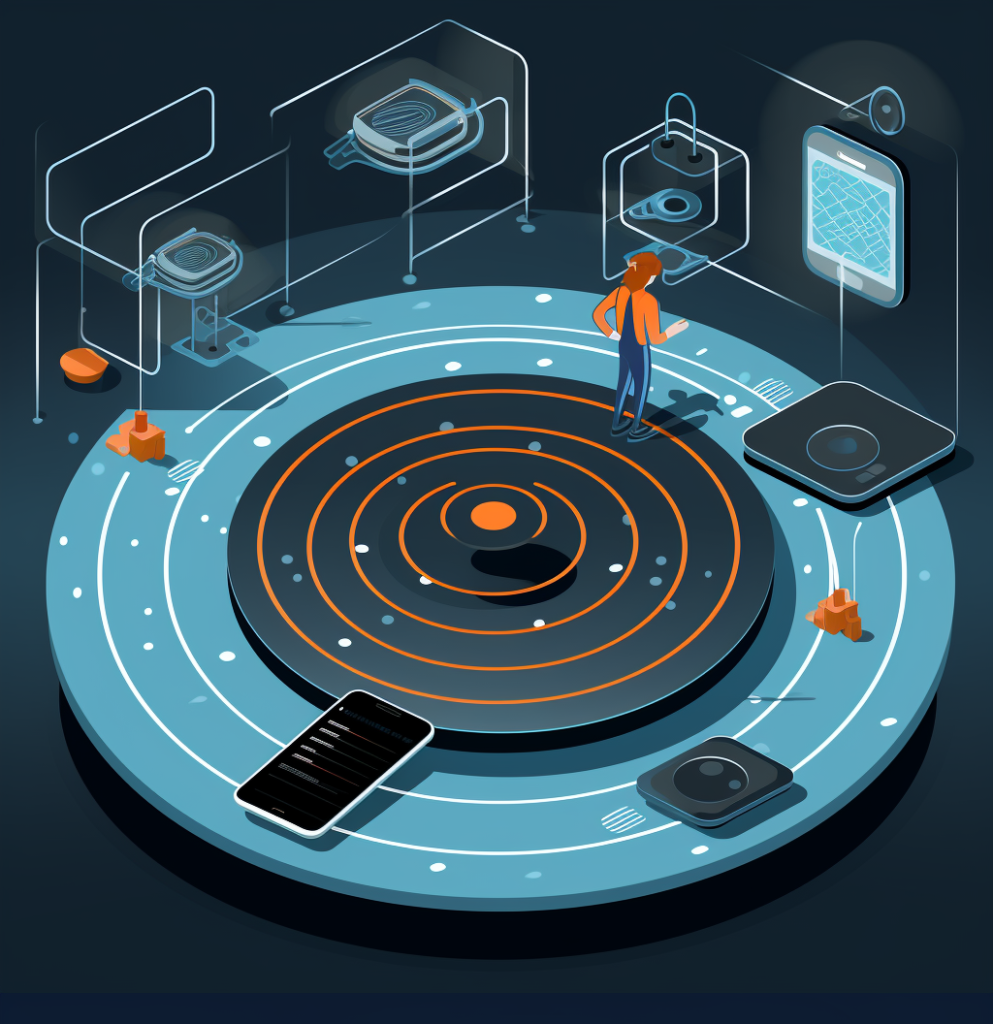
Disadvantages of Inductive Charging
Despite the numerous benefits, there are also some disadvantages associated with inductive charging:
1. Lower Efficiency Compared to Wired Charging
- Energy Loss: Inductive charging is generally less efficient than wired charging due to energy loss during the transfer process. This loss occurs in the form of heat, resulting in longer charging times and higher energy consumption.
2. Increased Cost of Implementation
- Expensive Infrastructure: The initial setup cost for inductive charging stations or pads is higher than traditional wired chargers. The technology and components required for inductive charging are also more expensive.
3. Incompatibility Issues
- Standardization Challenges: There are multiple standards for inductive charging, leading to compatibility issues among devices and chargers from different manufacturers.
4. Environmental Concerns
- E-Waste: With the adoption of inductive charging, there is a potential increase in electronic waste due to the disposal of older chargers and the production of new inductive charging devices.
- Energy Inefficiency: As mentioned earlier, inductive charging is less efficient than wired charging. The energy loss during the process contributes to higher energy consumption, which may have environmental implications.
Future Prospects and Trends
Inductive charging is still evolving, and ongoing research and development promise to address some of the current drawbacks and open up new possibilities for this technology.
1. Improving Efficiency
- Optimized Coils: Researchers are working on optimizing coil designs and materials to reduce energy loss during the charging process.
- Resonant Inductive Coupling: This technique uses resonant circuits to improve energy transfer efficiency and allow for greater distances between the transmitter and receiver.
2. Increasing Compatibility
- Unified Standards: Industry leaders are working on adopting unified standards for inductive charging, which will reduce compatibility issues and streamline the user experience.
3. Integration into Infrastructure
- Public Charging Stations: Cities are starting to integrate inductive charging pads into public spaces, such as parking lots and bus stops, making it easier for people to charge their electric vehicles and devices on the go.
- Smart Furniture: Manufacturers are incorporating inductive charging technology into furniture, such as tables and lamps, enabling users to charge their devices seamlessly without the need for separate charging pads.
4. Applications in Various Industries
- Medical Devices: Inductive charging can be used to power medical implants and devices, eliminating the need for surgery to replace batteries.
- Robotics and Automation: In industrial settings, robots and automated equipment can benefit from inductive charging stations for continuous operation without manual intervention.
- Consumer Electronics: The adoption of inductive charging in everyday devices, such as laptops and wearables, is expected to increase as the technology matures.
Conclusion
Inductive charging, with its convenience and potential for automation, is poised to transform the way we charge our devices. While it may not be a perfect solution for every situation, the ongoing developments in this field promise to address some of its current drawbacks and expand its applications. As the technology continues to evolve, it is likely to become an integral part of our lives, making charging a seamless and hassle-free experience.
Inductive charging is not just a trend but a reflection of our increasing reliance on technology and the need for innovative solutions that can keep up with our fast-paced lifestyles. By understanding the advantages and disadvantages of inductive charging, we can make informed decisions about adopting this technology and enjoy its benefits while being mindful of its limitations.

FAQs
Q1: What is inductive charging?
A1: Inductive charging is a form of wireless charging technology that transfers energy between two objects without a physical connection using electromagnetic fields.
Q2: How does inductive charging work?
A2: Inductive charging works by generating an electromagnetic field around a coil in the transmitter (charging pad). When the receiver (device) is placed nearby, an electric current is induced in its coil, which is then converted into direct current to charge the device’s battery.
Q3: Is inductive charging safe?
A3: Inductive charging is generally considered safe. It eliminates the need for exposed electrical contacts, reducing the risk of electric shock. However, it’s essential to follow the manufacturer’s guidelines and ensure proper alignment between the transmitter and receiver for safe and efficient charging.
Q4: Can inductive charging charge multiple devices simultaneously?
A4: Some inductive charging pads can charge multiple devices simultaneously, but it depends on the design and capabilities of the charging pad.
Q5: What are the main advantages of inductive charging?
A5: The main advantages of inductive charging are convenience, reduced wear and tear on charging ports and cables, enhanced safety due to no exposed electrical contacts, and potential for automation.
Q6: What are the main disadvantages of inductive charging?
A6: The main disadvantages include lower efficiency compared to wired charging, higher implementation costs, compatibility issues among different devices and chargers, and potential environmental concerns due to energy inefficiency and e-waste.
Q7: Is inductive charging suitable for all devices?
A7: Inductive charging is suitable for many devices, such as smartphones, electric toothbrushes, and electric vehicles. However, not all devices support inductive charging. It is essential to check the compatibility of your devices with inductive charging technology.
Q8: What does the future hold for inductive charging?
A8: The future of inductive charging is promising, with ongoing research and development aiming to improve efficiency, compatibility, and integration into infrastructure. Inductive charging technology is expected to become more widespread in various industries, including consumer electronics, medical devices, robotics, and automation.



